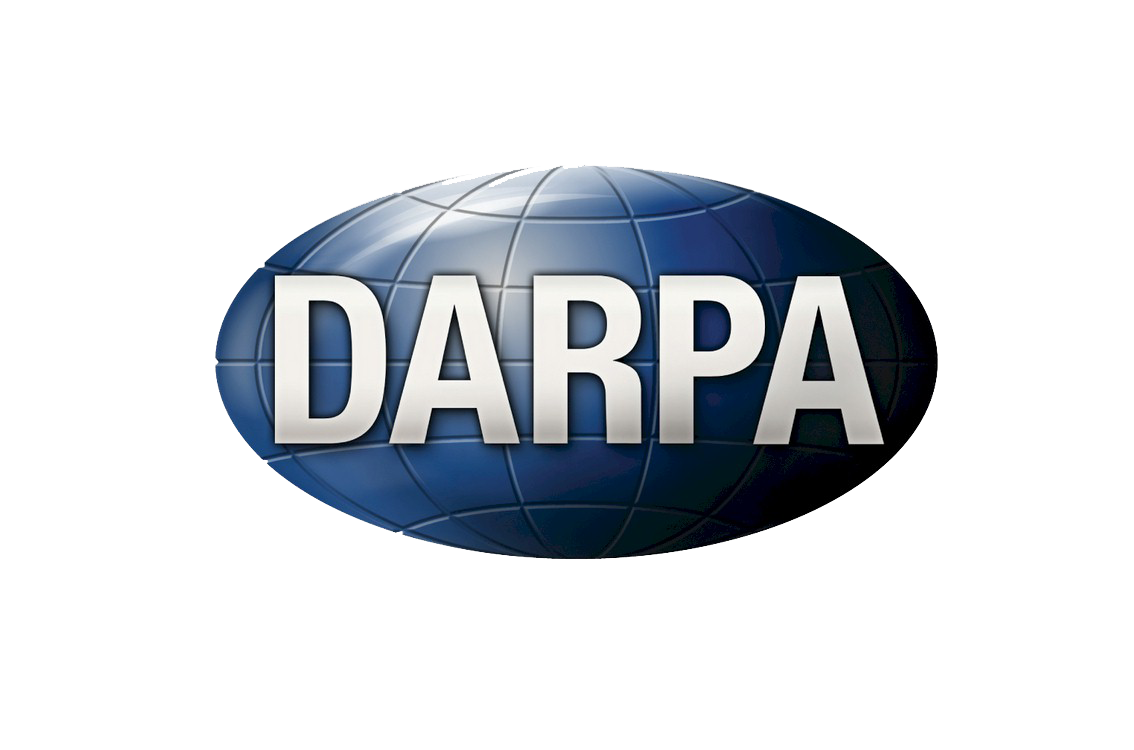Human Health and Welfare
Advanced materials are critical to the continuous provision of affordable, abundant, and environmentally responsible life essentials, including food, water, shelter, and healthcare commodities. For example, emerging biocompatible materials are likely to continue to play a crucial role in technology advancements for making targeted medical devices, smart prostheses, and cultivating artificial organs. Organic and solidstate sensors support medical diagnostic tools and in vivo pharmaceutical products delivery, and novel chemistries advance delivery and function of medications. New separation technologies enable broader access to clean drinking water, a major global health issue. Applying MGI principles to the development of these technologies will allow continued U.S. global leadership in providing quality of life for humanity



















